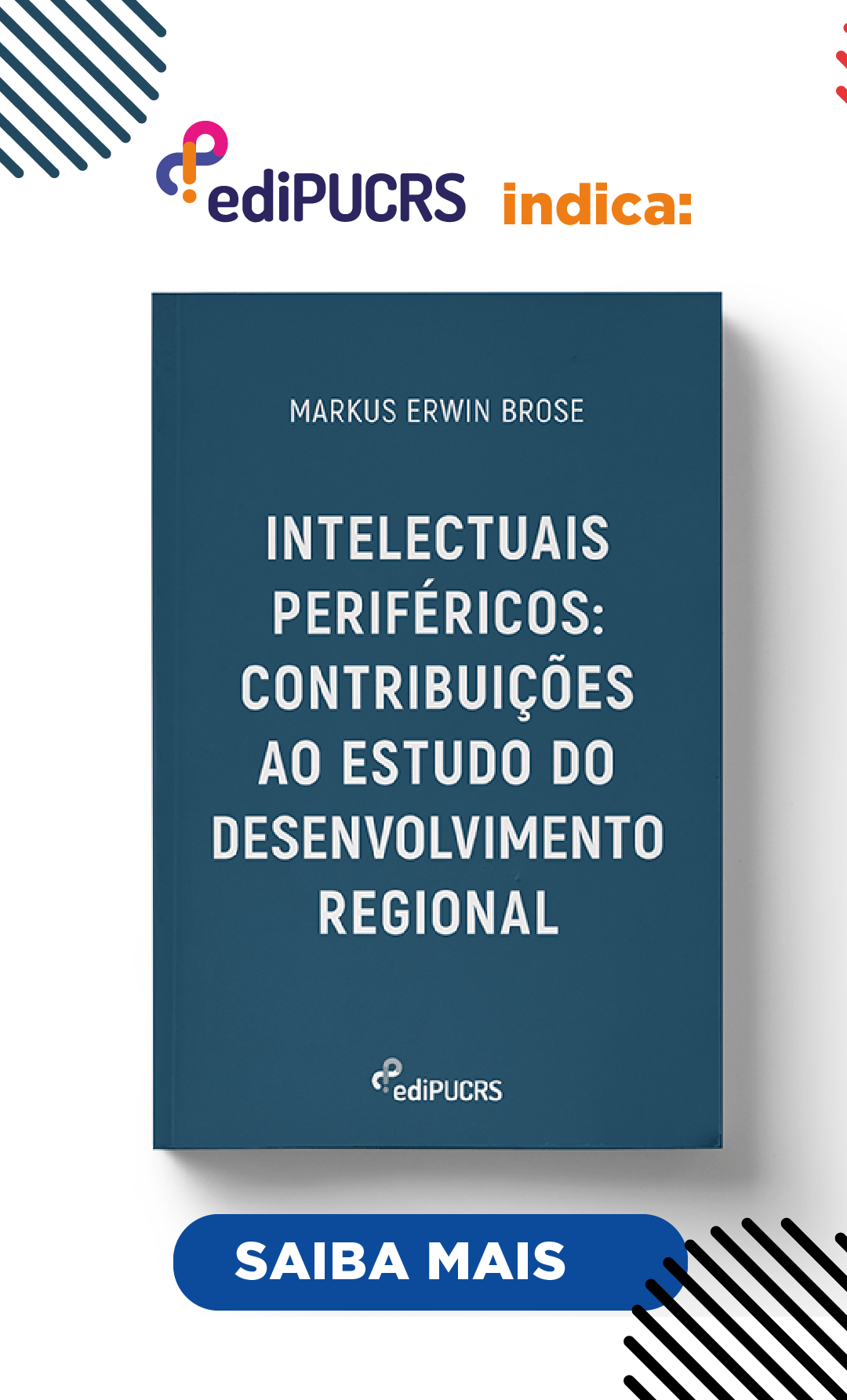The voter’s decision in Santa Catarina (1998-2006)
DOI:
https://doi.org/10.15448/1984-7289.2008.2.4761Keywords:
Electoral behavior, Elections in Santa Catarina, Incumbent evaluation, Party identificationAbstract
This article analyzes the relevant factors for the voter’s decision in Santa Catarina. This study is carried out based on electoral surveys applied between 1998 and 2006. It analyzed the possible associations between a significant set of socioeconomic (gender, age, schooling, income, race and religion) and political (party identification and incumbent evaluation) variables and the voter’s intention for president, governor and senator in Santa Catarina. The analysis shows that the socioeconomic variables age, occupation, race, schooling, and income are related to the vote, although not always with the same intensity and direction in relation to the two last variables. As regards party identification, although less than half of the voters expose this identification, among them there is a reasonable association between their identification and their vote. Indeed, the most relevant variable was the incumbent evaluation, that is, voters who evaluate well an incumbent tend to vote for the candidate that represents the continuity of this administration; voters who evaluate an incumbent as a bad one tend to vote for the opposition candidates.Downloads
Download data is not yet available.
Downloads
Published
2009-01-20
How to Cite
Carreirão, Y. de S. (2009). The voter’s decision in Santa Catarina (1998-2006). Civitas: Journal of Social Sciences, 8(2), 207–236. https://doi.org/10.15448/1984-7289.2008.2.4761
Issue
Section
Articles
License
Copyright (c) 2016 Civitas – Journal of Social Sciences

This work is licensed under a Creative Commons Attribution-NonCommercial-NoDerivatives 4.0 International License.
The submission of originals to this journal implies the transfer by the authors of the right for printed and digital publication. Authors retain copyright and grant the journal right of first publication. If the authors wish to include the same data into another publication, they must cite this journal as the site of original publication. As the journal is of open access, the articles are allowed for free use in scientific and educational applications, with citation of the source (please see the Creative Commons License at the bottom of this page).




